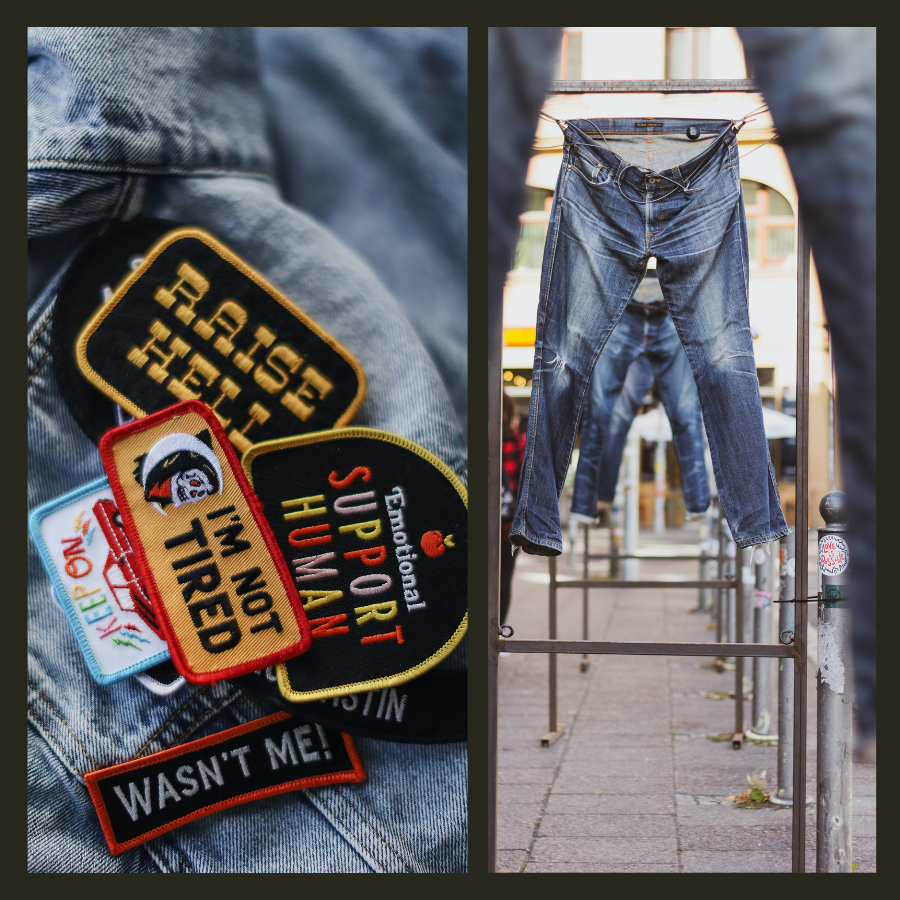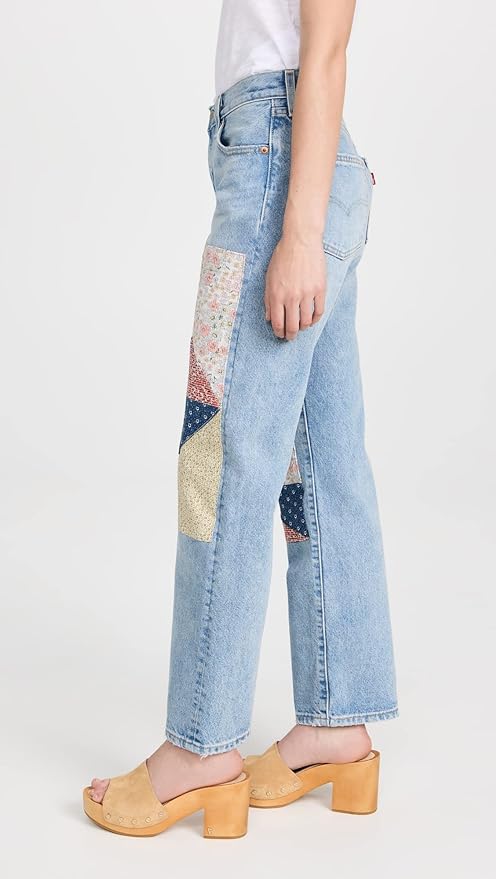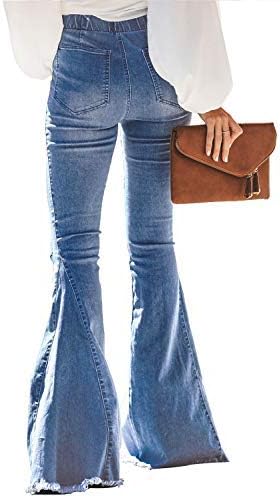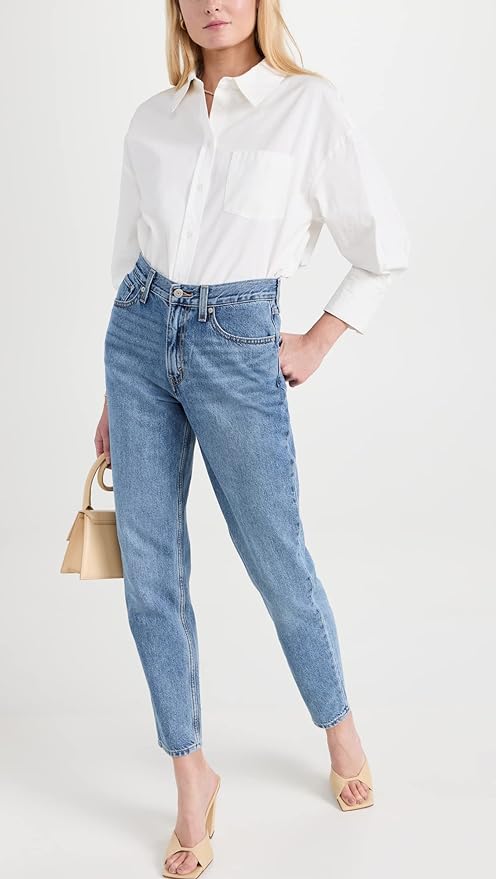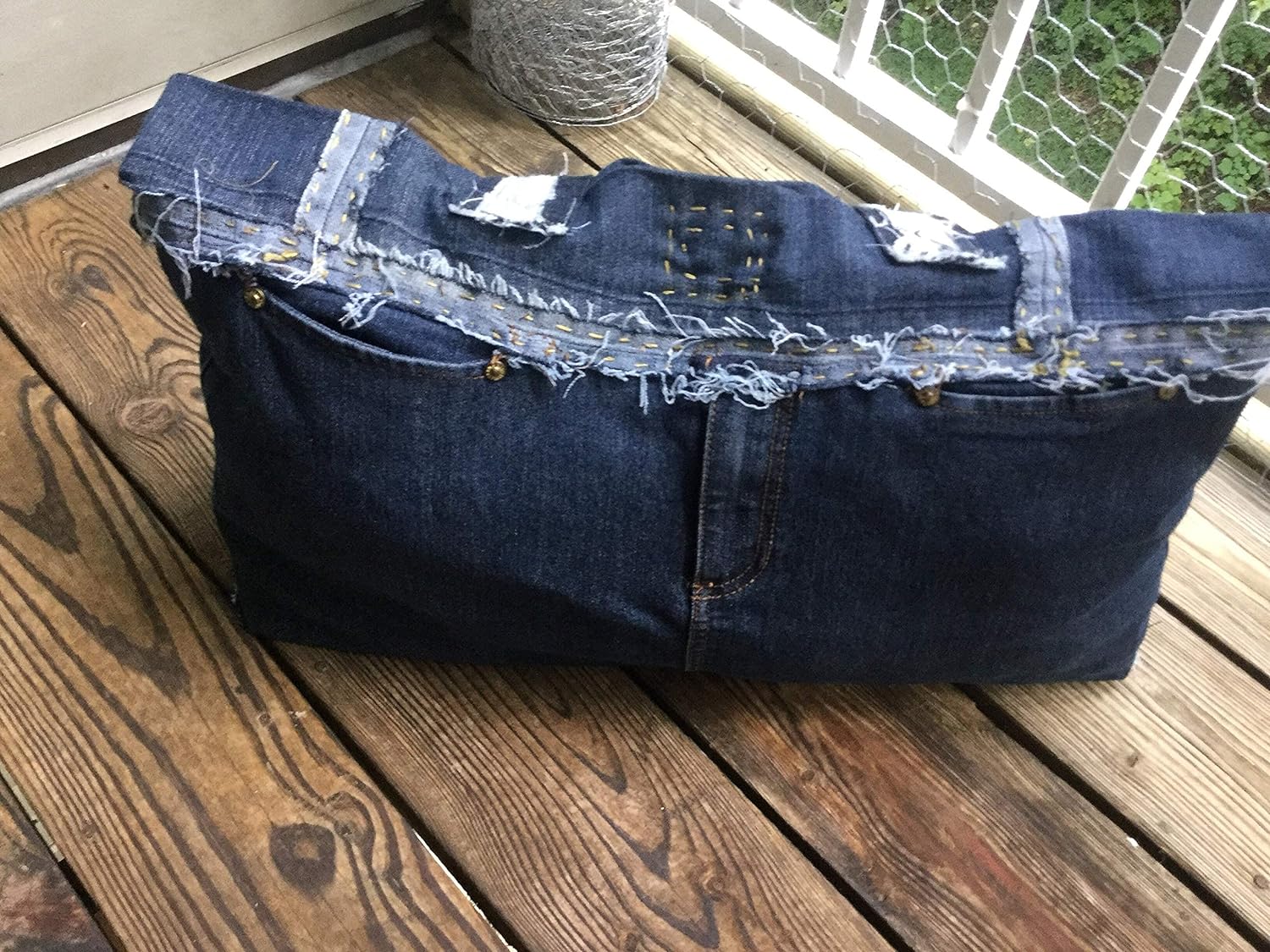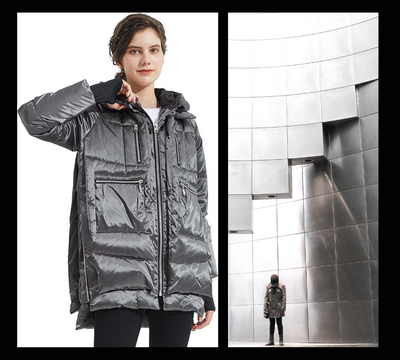In recent years, sustainability and eco-consciousness have become crucial considerations in the fashion industry. One significant trend that embodies this movement is patched jeans, a form of upcycled and recycled fashion.
Patched jeans are not only a means of reviving old garments but also a way to reduce waste and promote a more sustainable approach to style.
This article explores the history, evolution, and current popularity of patched denim, shedding light on why this trend is gaining traction and whether it's expected to last.
Patched Jeans: A Historical Perspective
The practice of patching or mending clothing dates back centuries, rooted in the necessity to extend the lifespan of garments and conserve resources. However, patched denim, as we know it today, emerged as a cultural phenomenon during the late 1960s and early 1970s.
It was a symbol of rebellion and anti-establishment sentiments, especially associated with the counterculture movement.
In the 1980s, patched jeans transitioned from a symbol of rebellion to a fashion statement. Punk and grunge subcultures heavily influenced this trend, making patched denim an integral part of their distinctive style.
The 1990s saw a continuation of this trend, with celebrities and musicians further popularizing the look.
Over the years, patched denim became more mainstream and diversified, evolving into a versatile and accessible style that continues to captivate fashion enthusiasts.
The Rise of Upcycled and Recycled Fashion
The rise of sustainability in the fashion industry has led to a surge in interest in upcycled and recycled fashion. Upcycling involves transforming old or discarded clothing items into new, fashionable pieces with added value.
It not only reduces waste but also minimizes the need for new raw materials and decreases the environmental impact associated with conventional fashion production.
Recycled fashion, on the other hand, involves the use of post-consumer or post-industrial waste materials to create new clothing. Recycled denim, for instance, utilizes old denim fabric to craft new garments, providing a sustainable alternative to virgin denim production.
These practices resonate with a growing audience seeking more ethical and environmentally-friendly clothing options.
Why Patched Jeans are Trending
- Sustainability Appeal:The current global focus on sustainability has propelled the popularity of patched jeans. Consumers are now more conscious of their ecological footprint, and patched denim, being a form of upcycled or recycled fashion, aligns well with sustainability goals.
- Unique Personalization:Patched jeans offer a canvas for individual expression and creativity. By choosing patches or designs that resonate with their personality, wearers can craft a truly unique piece that represents their style and values.
- Vintage Revival:Fashion often experiences cycles where trends from the past are reintroduced and revitalized. Patched jeans evoke a sense of nostalgia, appealing to those who appreciate vintage fashion.
- Customization and DIY Culture:The do-it-yourself (DIY) culture has gained significant traction, and patched jeans perfectly align with this movement. People enjoy customizing their clothes, and patching offers a creative outlet for self-expression.
- Celebrity Influence:Influential celebrities and fashion icons often embrace patched denim, showcasing its appeal and inspiring their followers to adopt this trend. The influence of public figures has a considerable impact on fashion trends.
Is the Patched Jeans Trend Expected to Last?
The patched jeans trend is not merely a passing fad; it's part of a larger shift towards sustainable and mindful fashion consumption. As environmental concerns continue to grow and sustainable practices become more ingrained in the fashion industry, upcycled and recycled fashion, including patched jeans, are anticipated to endure and evolve.
Consumers are increasingly valuing sustainability, uniqueness, and individuality, all of which are core aspects of this trend.
The enduring appeal of patched jeans lies in their versatility, ability to tell a story through patches, and the sustainability aspect that resonates with the conscious consumer. As long as sustainability remains a dominant factor in fashion choices, patched jeans and upcycled fashion will retain their significance.
FAQs on Patched Jeans and Upcycled Fashion
Q: How are patches typically added to jeans, and what materials are used?
A: Patches can be added to jeans through sewing, ironing, or adhesive methods. They are made from various materials, including cotton, polyester, leather, or recycled fabric. Many patches are designed to be durable and long-lasting.
Q: Are patched jeans only suitable for a casual style, or can they be dressed up?
A: Patched jeans can be styled for both casual and semi-formal occasions. Depending on the patches, the fit, and the accompanying clothing and accessories, they can transition from a casual look to a more polished, versatile style.
Q: Can I create my own patches, and what materials are best for a DIY patching project?
A: Absolutely! DIY patches can be crafted from old clothes, scrap fabric, or even leather. Iron-on patches are convenient for beginners. For more durability, sewing patches is a popular choice, and embroidery patches offer a personalized touch.
Q: How can I care for patched jeans to ensure their longevity?
A: To maintain patched jeans, wash them inside out in cold water to preserve the patches and colors. Avoid using excessive heat when ironing, and air-dry whenever possible. Regularly check the patches for any loose threads and reinforce them to ensure they stay intact.
Q: Can I upcycle my old jeans into patched jeans without sewing skills?
A: Absolutely! If sewing is not your forte, there are iron-on patches available that are easy to apply. Additionally, fabric glue or adhesive patches are convenient alternatives. Many DIY kits cater to various skill levels, making upcycling accessible to everyone, regardless of sewing expertise.
As Amazon Ambassadors and Affiliates we may earn a commission on qualifying purchases made through our site and links, at no cost to you. We hope you will find your next favorite thing here on Fashion Ratings Happy Shopping 🛍

